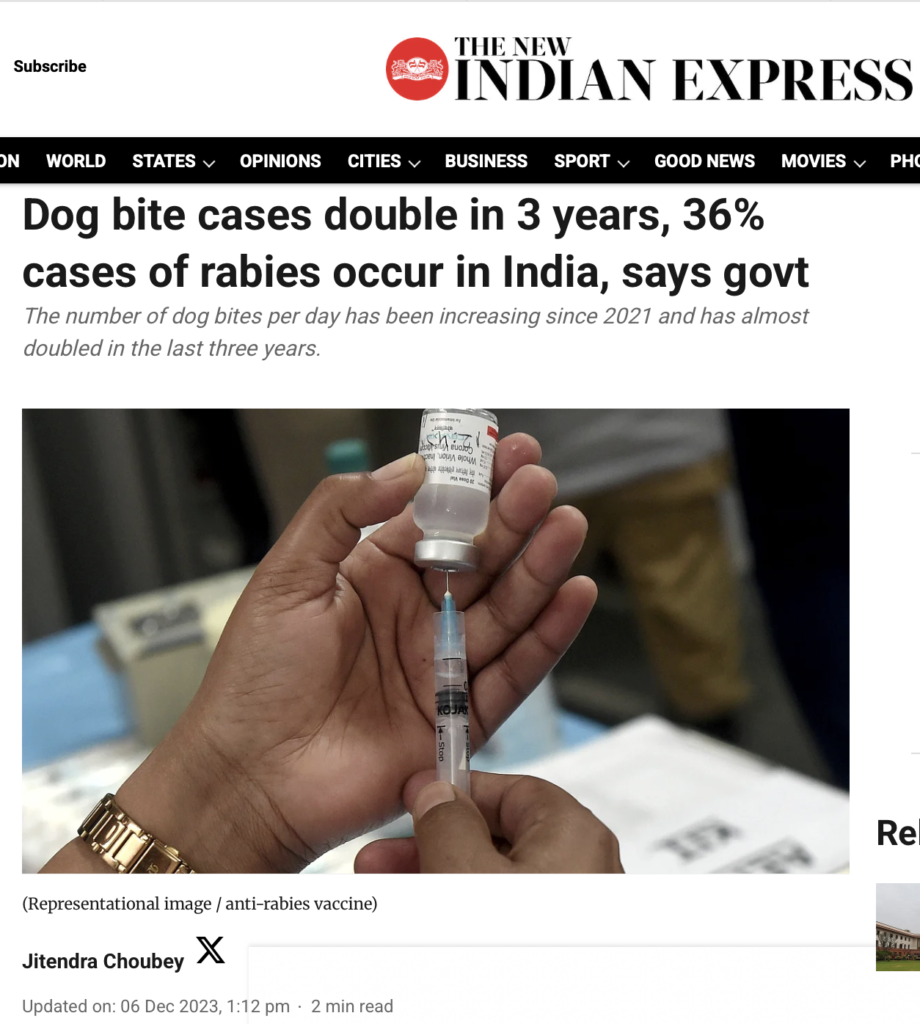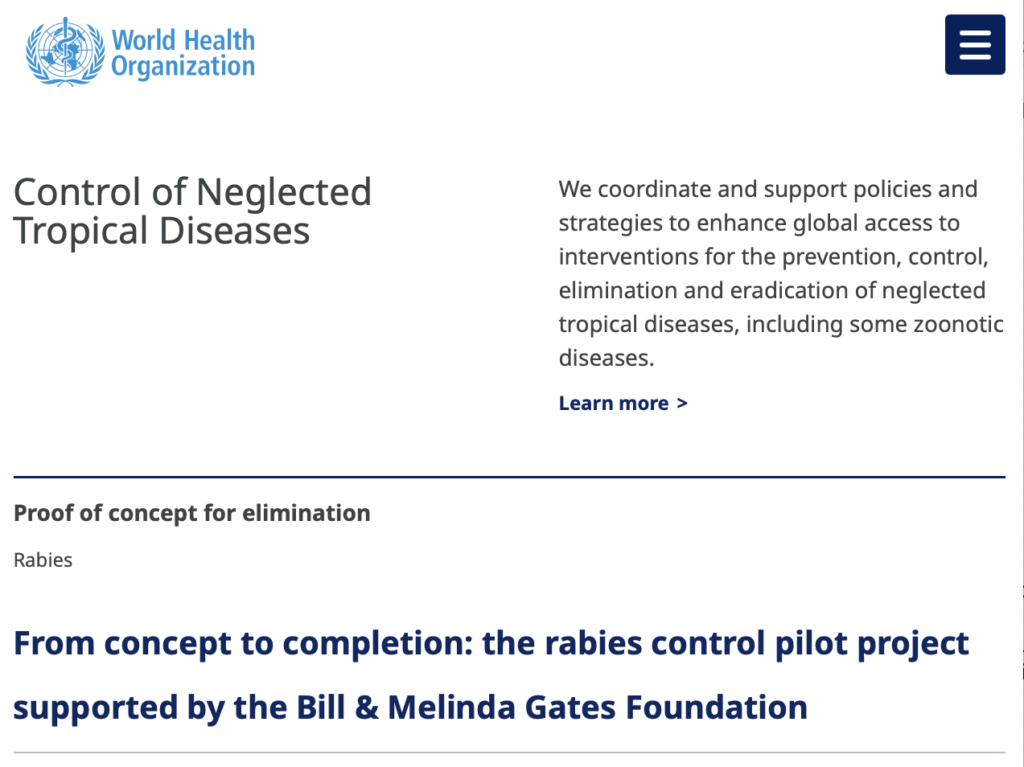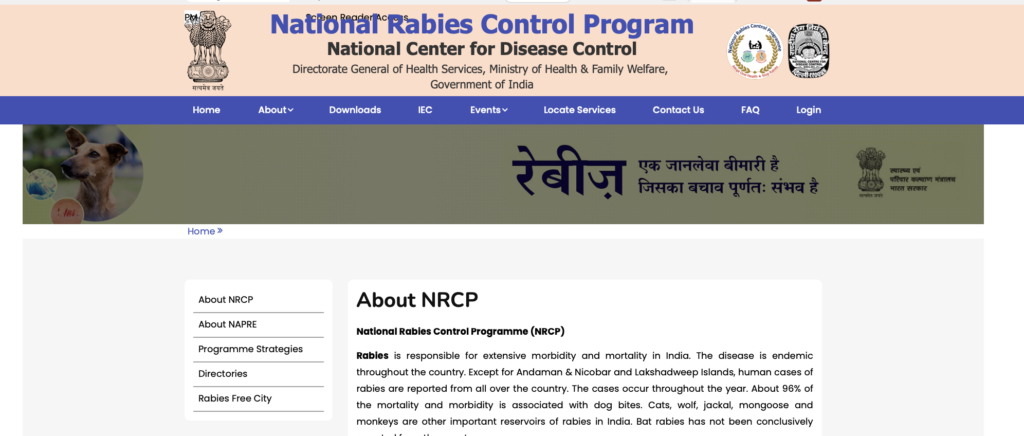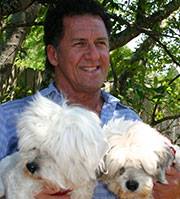The collaboration between the World Health Organization (WHO) and the Bill & Melinda Gates Foundation focuses on canine vaccines and the proof of concept for eliminating rabies by 2030.
India began its National Rabies Control Programme in 2014-2017 during the 12th Five-Year Plan, coordinating with the Animal Welfare Board of India and later the National Centre for Disease Control for animal and human health components of rabies prevention, including mass dog vaccination initiatives.
Many people have noticed an unexpected increase in aggression in dogs following vaccination. Are the side effects of the vaccine leading to this aggression? The linked article below contains more information.
India’s Supreme Court has modified its controversial order on stray dogs in Delhi and the National Capital Region. Instead of permanent sheltering, stray dogs will now be sterilised, vaccinated, and released back to their original locations, except for those with rabies or aggressive behaviour.
Is the Serum Institute’s strategy centered around making a profit, or is it more about eliminating health challenges?
Many people don’t believe in vaccinating dogs, and right after the vaccination, there is a lack of close monitoring by the governments. Because of this, side effects often go unreported.

Dec 2023: The number of dog bites per day has been increasing since 2021 and has almost doubled in the last three years. Parshottam Rupala, the Union Minister for Fisheries, Animal Husbandry, and Dairying, informed the Parliament that there were 24.7 lakh reported dog bite incidents from different parts of the country between January and October 2023. The number of dog bite cases was over 17 lakh in 2021 and 21.8 lakh in 2022.
Who is the cause of all this trouble?
The Rabies Control Pilot Project:

The Rabies Control Pilot Project, initiated in collaboration between the World Health Organization (WHO) and the Bill & Melinda Gates Foundation, aims to tackle the serious problem of rabies, a deadly viral disease primarily transmitted through dog bites. Each year, around 55,000 people die from rabies, which predominantly affects children under 15, especially in Africa and Asia. This initiative focuses on controlling rabies in dogs as a humane means to eliminate the disease in both dog and human populations.
The project ran from 2009 to 2013 in three high-risk areas: KwaZulu-Natal in South Africa, southeast Tanzania, and the Visayas region in the Philippines. Key objectives include:
- Improving Post-Exposure Prophylaxis (PEP): Ensuring that those bitten by potentially rabid dogs receive timely treatment.
- Controlling and Eliminating Dog Rabies: Implementing vaccination and education campaigns to reduce dog populations that can spread rabies.
- Enhancing Surveillance and Diagnostics: Gathering reliable data on rabies cases in dogs and humans to inform future strategies.
- Sustaining Rabies-Free Status: Developing long-term plans to maintain areas free from rabies, including managing dog populations and preventing reintroduction of the disease.
The One Health Approach
A central theme of the project is the One Health approach, which recognizes the interconnectedness of human, animal, and environmental health. This strategy encourages collaboration across public health, veterinary services, and community stakeholders to ensure a holistic response to rabies prevention.
Several key lessons emerged from the project:
- Funding and Political Support: Financial backing and strong local political commitment significantly influenced the project’s success. Support from WHO and the Gates Foundation bolstered local campaigns.
- Adaptability and Planning: Projects must be prepared for external challenges such as natural disasters or political changes, which can disrupt operations. This includes having contingency plans.
- Community Engagement is Crucial: Educating communities on rabies and fostering involvement through local leadership greatly enhances project effectiveness.
Next Steps
As the project progresses, maintaining rabies control achievements after funding concludes is vital. This includes ensuring ongoing financial support and local ownership of the programs. By promoting the goals of the WHO and emphasizing the worldwide feasibility of rabies control, the project aims for sustained success in eradicating this deadly disease.

The National Rabies Control Program (NRCP) is an initiative by the Government of India aimed at reducing the number of rabies cases and deaths caused by this disease, which is especially prevalent due to dog bites.
The NRCP started gaining traction during India’s 11th Five-Year Plan (2007-2012). The government invested around ₹8.65 crores in a pilot project that focused on controlling rabies in humans and managing stray dog populations through vaccination. This pilot project was implemented in five cities: Delhi, Ahmedabad, Pune, Bangalore, and Madurai from January 2008 to 2012.
What were the main goals of the pilot project?
The pilot project aimed to:
- Prevent deaths from rabies.
- Increase community awareness about rabies.
- Train healthcare professionals in managing animal bites and rabies treatment.
- Strengthen diagnostic and surveillance systems for rabies.
The pilot project showed that rabies control strategies were effective, manageable, and could be reproduced in other areas, leading the way for broader national implementation.
The NRCP aims to achieve several key objectives, which include:
- Reducing rabies deaths: Work towards the global target of zero deaths by 2030.
- Post-Exposure Prophylaxis (PEP): Provide timely medical management for animal bite victims.
- Education for healthcare professionals: Train staff on how to manage animal bites and rabies treatment effectively.
- Surveillance: Improve monitoring of animal bites and rabies cases in humans.
- Laboratory strengthening: Enhance the capabilities of laboratories for diagnosing rabies.
- Community awareness: Raise awareness through communication and social mobilization efforts.
From the 2019–2020 financial year onwards, the NRCP has been supported financially through the National Health Mission, which funds its activities at various state and district levels. The National Centre for Disease Control (NCDC) has been overseeing the implementation of the human health components of the NRCP.
Gates Foundation’s Work on Vaccines: Strategic Funding for Canine Vaccination and Livestock Health
The Bill & Melinda Gates Foundation has significantly supported canine vaccination efforts globally, primarily focusing on rabies elimination in low-income countries. Their initiatives aim to protect both animal and human health, recognizing the critical role of dogs in transmitting diseases like rabies and the importance of livestock health for human livelihoods.
The Bill & Melinda Gates Foundation has provided substantial funding and strategic support for canine vaccination programs, particularly for rabies control and elimination in developing nations, and has also supported broader livestock health initiatives that include vaccine development and access.
One of the earliest and most significant commitments to canine vaccination by the Gates Foundation was a nearly $10 million grant in 2009 to the World Health Organization (WHO) to fund rabies elimination in low-income countries.
Beyond rabies, the Gates Foundation has also invested in broader livestock health and vaccine development. In 2012, the Bill & Melinda Gates Foundation and the UK Government’s Department for International Development (DFID) awarded the Global Alliance for Livestock Veterinary Medicines (GALVmed) over £31.2 million ($51.5 million). This funding was intended to scale up access to livestock vaccines, medicines, and diagnostics for resource-poor people, recognizing that livestock are essential for funding basic needs like food, education, and healthcare in developing countries . This followed an earlier award of $28 million from the Gates Foundation and DFID to GALVmed in September 2008, which funded the “Protecting Livestock Saving Human Life 1 (PLSHL1)” project. While PLSHL1 focused on diseases like East Coast fever, Rift Valley Fever, Newcastle Disease, and Porcine Cysticercosis, the overall goal of GALVmed’s work, supported by the Gates Foundation, is to make animal health products accessible and affordable. This includes removing barriers in vaccine registration, increasing availability of quality animal health tools, and building capacity for delivery in rural areas.
The foundation’s commitment to vaccine access extends to human vaccines, with significant investments in organizations like Gavi, the Vaccine Alliance. While Gavi primarily focuses on childhood immunizations against diseases like measles, pneumonia, and diarrhea, its broader mission to strengthen immunization systems and ensure vaccine availability in low-income countries can indirectly support the infrastructure needed for animal vaccination programs. The Gates Foundation has been Gavi’s largest private donor, committing over $7.7 billion to date, including a recent pledge of $1.6 billion over five years starting in 2025. A global vaccine initiatives underscores the foundation’s belief in the power of vaccination to save lives and improve livelihoods.
Furthermore, the Bill & Melinda Gates Medical Research Institute has partnered with companies like Novavax to include their Matrix-M™ adjuvant in preclinical vaccine research. This adjuvant, proven to enhance and broaden the immune system response, is already a component of COVID and malaria vaccines and is being explored for use in both human and animal vaccines. Such research and development efforts, supported by the Gates Foundation, contribute to the advancement of vaccine technology that could benefit canine and other animal health interventions in the future.
NOVAVAX = COVID Vaccine = COVOVAX = Nanoparticle Vaccine
HEALTH THE BIG SCAM–RABIES VACCINATION” by Dr. John Fudens, DVM

Dr. John Fudens argues that mandatory rabies vaccinations for pets are not based on solid scientific evidence but are instead driven by profit and control from veterinarians and bureaucrats.
Dr. John mentions two types of law:
- Legal/Constitutional Law: This is the foundational law of the country.
- Colorable Law: This refers to laws created by administrative agencies that may appear valid but lack a real and just basis.
Several groups benefit from these laws:
- Veterinarians: They gain significant income from administering vaccines that cost them very little.
- Animal Control Personnel and Politicians: They gain power and control, as well as financial benefits from fees and fines related to pet vaccinations.
Dr. John expresses doubts about the necessity of mandatory vaccinations, stating:
- Vaccination laws are often sold to the public with exaggerated claims about dog attacks and rabies outbreaks.
- The actual number of rabies cases is quite low, similar to the rarity of shark attacks.
- The laws do not consider pets that are never exposed to potential rabies infections.
In Pinellas County, FL, from 1964 to 1978, there were no reported cases of rabies in dogs. After a law mandating annual rabies vaccination was introduced, the community was told it was necessary to control supposed rising threats, even though the actual cases of rabies had not increased among dogs.
Dr. John advocates for:
- Education: Teaching pet owners about risks, allowing them to make informed choices for their pets.
- Targeted programs: Focusing on areas with real rabies outbreaks rather than blanket mandates.
Dr. John concludes that:
- Mandatory rabies vaccinations are largely a financial scam, benefiting special interest groups rather than addressing real health concerns.
- Pet owners should be empowered to make their own choices instead of being subjected to coercive laws.
Dr. John encourages readers to:
- Investigate laws and statistics related to rabies in their areas.
- Take control of their choices regarding pet vaccinations and join in the effort to resist what they see as wrongful mandates.
The relationship between vaccination and public health
- Public health officials often misuse the idea of emergency health care to impose unnecessary mandates.
- There should not be constant emergencies over vaccination when the real threat has not been substantiated.
What evidence does Dr. John provide from veterinary sources?
A veterinary textbook states that there is no scientific basis for requiring annual vaccinations, implying these practices may be fraudulent or simply profit-driven.
The overall message is a strong reminder that pet owners should critically evaluate the information presented to them about vaccinations, understand their rights, and make informed decisions that prioritize their pets’ well-being over profit-driven agendas.
Ref:
- Gates Foundation and DFID Award GALVmed $51 Million to Combat Livestock Disease. [ https://www.gatesfoundation.org/ideas/media-center/press-releases/2012/02/gates-foundation-and-dfid-award-galvmed-$51-million-to-combat-livestock-disease]
- GATES FOUNDATION & DFID AWARD GALVmed $51 MILLION TO COMBAT LIVESTOCK DISEASE. [ https://www.galvmed.org/news/gates-foundation-dfid-award-galvmed-51-million-to-combat-livestock-disease/]
- Renewed Gavi Commitment: Lifesaving Vaccine Access. [ https://www.gatesfoundation.org/ideas/media-center/press-releases/2025/06/renewed-gavi-commitment-lifesaving-vaccine-access]
- Glasgow Scientist secures $10 million from the Gates’ Foundation to eliminate rabies. [ https://www.gla.ac.uk/news/archiveofnews/2009/september/headline_130625_en.html]
- Proof of concept for elimination. [ https://www.who.int/teams/control-of-neglected-tropical-diseases/rabies/control-and-elimination-strategies/proof-of-concept]
- Gates Foundation pledges $1.6 billion to bolster Gavi’s childhood vaccine efforts. [ https://www.cidrap.umn.edu/childhood-vaccines/gates-foundation-pledges-16-billion-bolster-gavis-childhood-vaccine-efforts]
- Gavi’s partnership model: Gates Foundation. [ https://www.gavi.org/operating-model/gavis-partnership-model/gates-foundation]
- A dog rabies vaccine bank implemented in 2013 through collaboration between WHO and the Bill & Melinda Gates Foundation in KwaZulu-Natal province of South Africa has catalysed expansion of rabies control region-wide. [ https://www.who.int/news/item/03-12-2015-update-on-who-bill-melinda-gates-foundation-supported-vaccine-bank-kwazulu-natal ]
- Novavax Announces Agreement with Bill & Melinda Gates Medical Research Institute to Include Matrix-M™ Adjuvant as Potential Component in Vaccine Research. [ https://ir.novavax.com/press-releases/2023-06-05-Novavax-Announces-Agreement-with-Bill-Melinda-Gates-Medical-Research-Institute-to-Include-Matrix-M-TM-Adjuvant-as-Potential-Component-in-Vaccine-Research ]
- https://www.facebook.com/story.php/?story_fbid=1967102783389378&id=562359200530417
- https://basedunderground.com/2022/05/25/in-depth-bill-gates-lays-out-plan-for-global-takeover/
Also Read:
